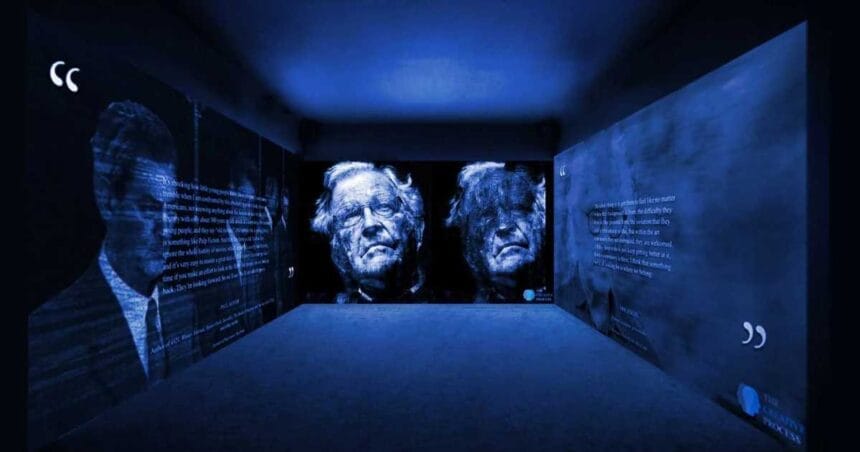In a recent interview, British-Caribbean painter Hettie Inniss offered an intimate look into how sensory memories and emotions drive her creative process. Through her abstract compositions, she transforms intangible recollections into vivid visual narratives.
Exploring Memory Through Art
Sensory Triggers at the Core
Inniss begins her work by tuning into her senses—especially smell—to unlock memories. These sensory triggers spark sudden, involuntary recollections, which she likens to “emotional and visual whiplash,” guiding the imagery she eventually captures in her paintings.
Sketching the Unseen
She practices a form of “performance of memory,” starting with intuitive sketches that later evolve. Working in textured layers—using oil, sticks, sand, and pigments—she builds rich surfaces that embody the complexity of recollection.
Themes and Technique
- Abstract Architecture & Color as Emotion
Inniss avoids literal figures, instead using abstract architectural shapes bathed in amber, red, and orange to express the “fleshiness of light” she perceives through closed eyelids. - Challenging Stereotypes
Her work reflects ideas of Black Fluidity—portraying identity as layered and dynamic through implied presence rather than fixed forms. - Time and Intuition in Creation
Each piece evolves over weeks or months. Inniss trusts intuition to fill memory’s gaps with expressive mark-making, letting the canvas guide the final form.
Summary
Through her thoughtful, memory-driven process, Hettie Inniss invites viewers into a sensory world that balances abstraction, emotion, and identity. Her art isn’t just seen—it’s felt, remembered, and intuitively reconstructed.










